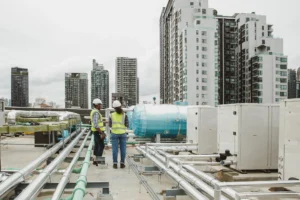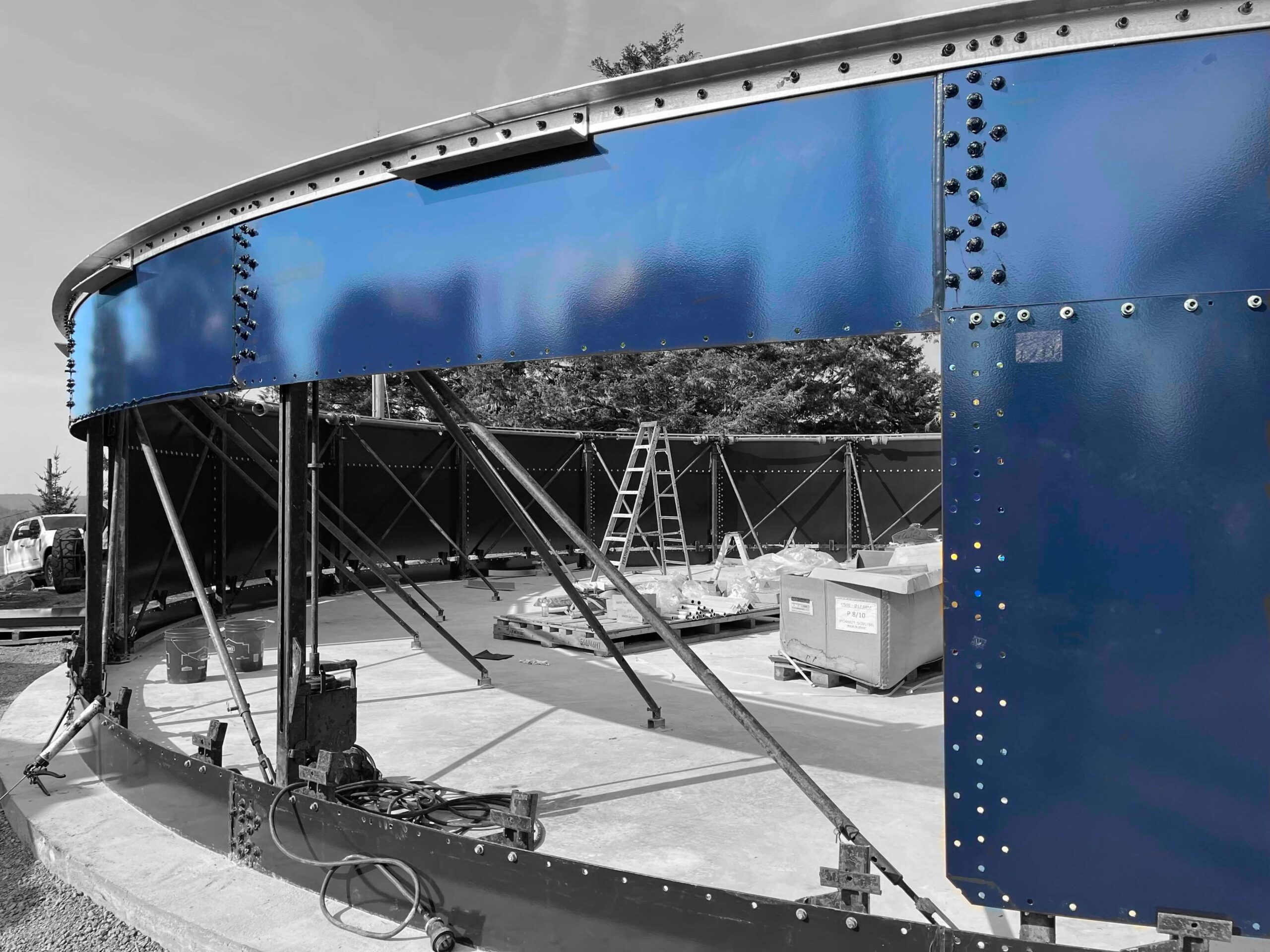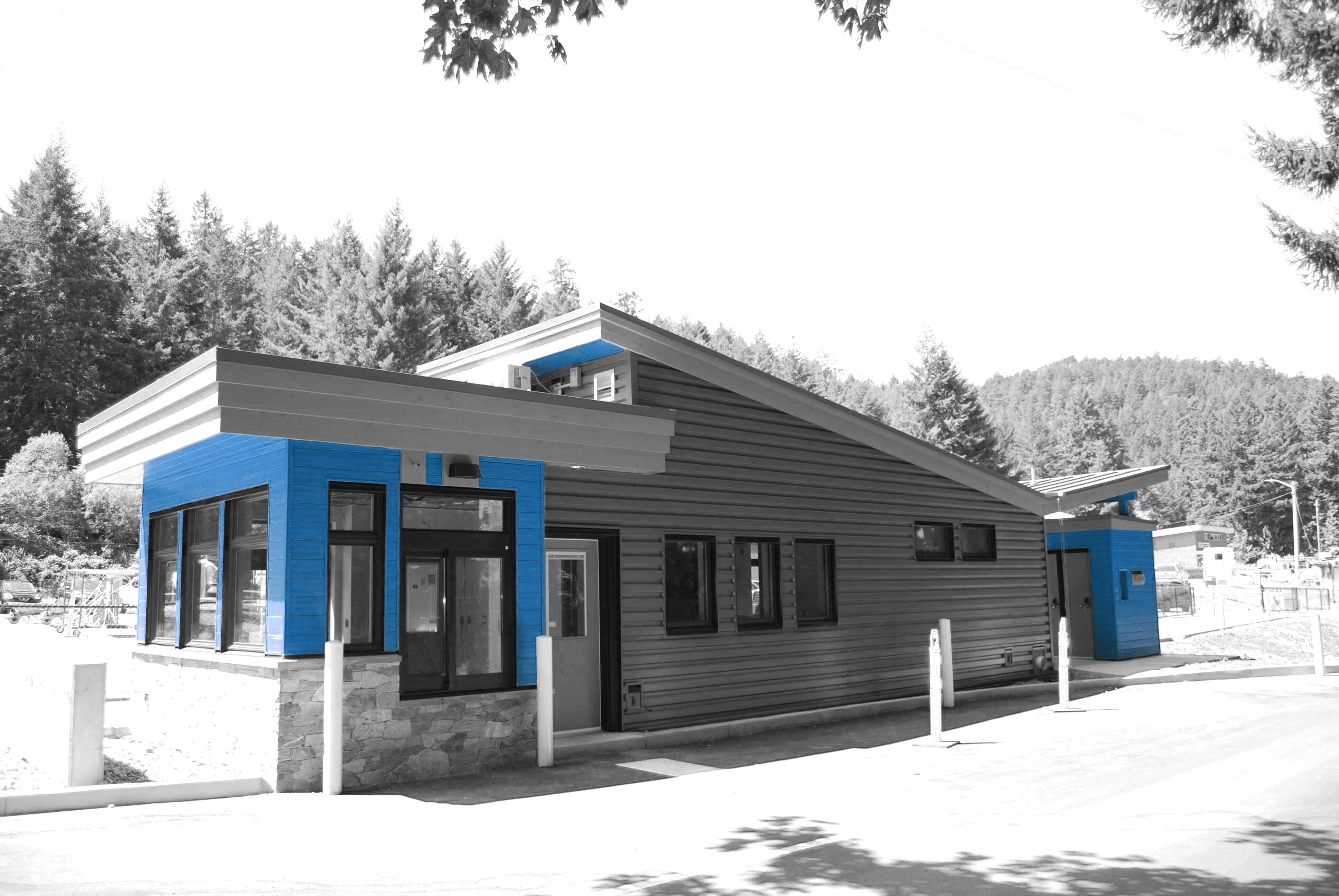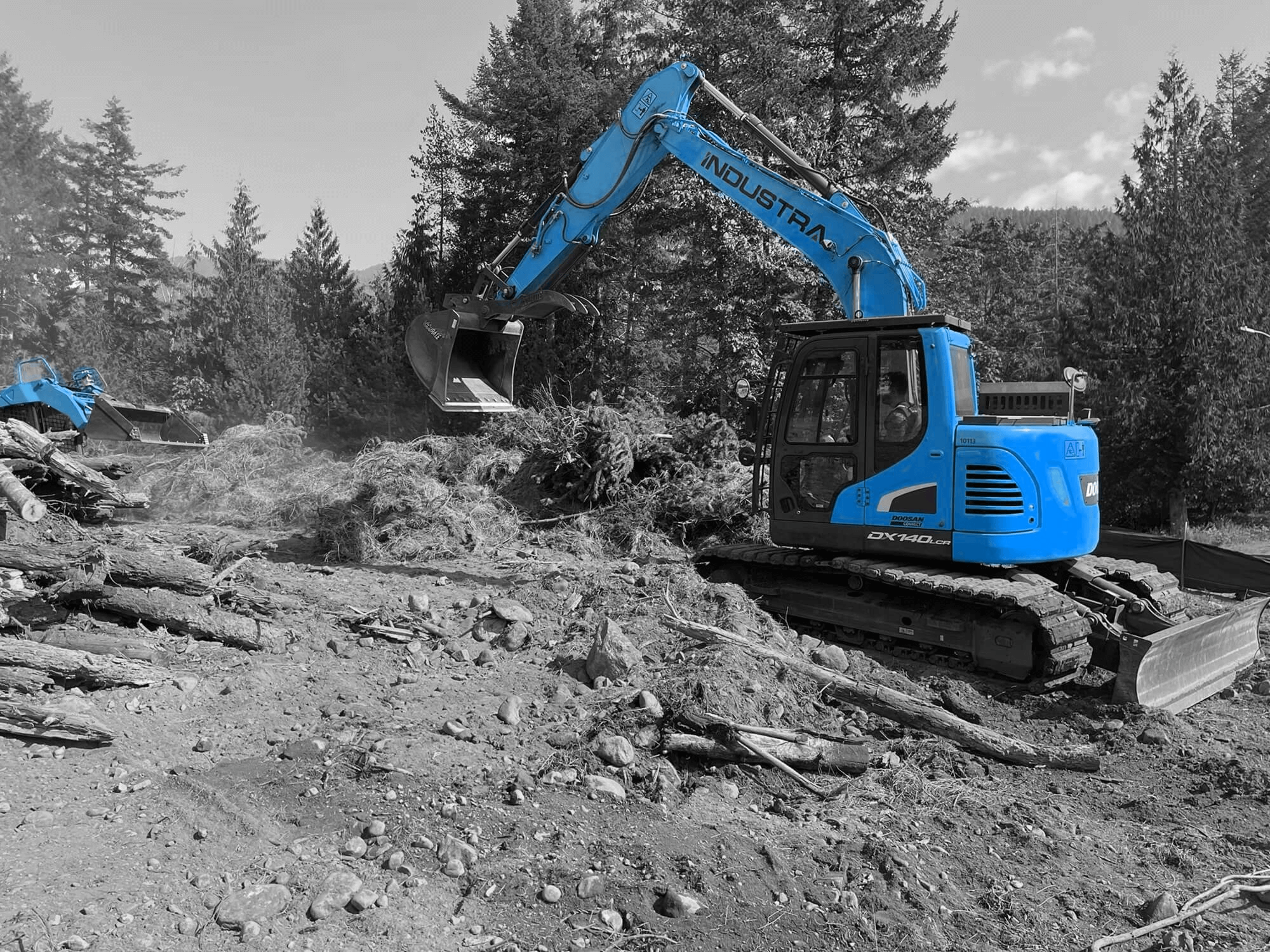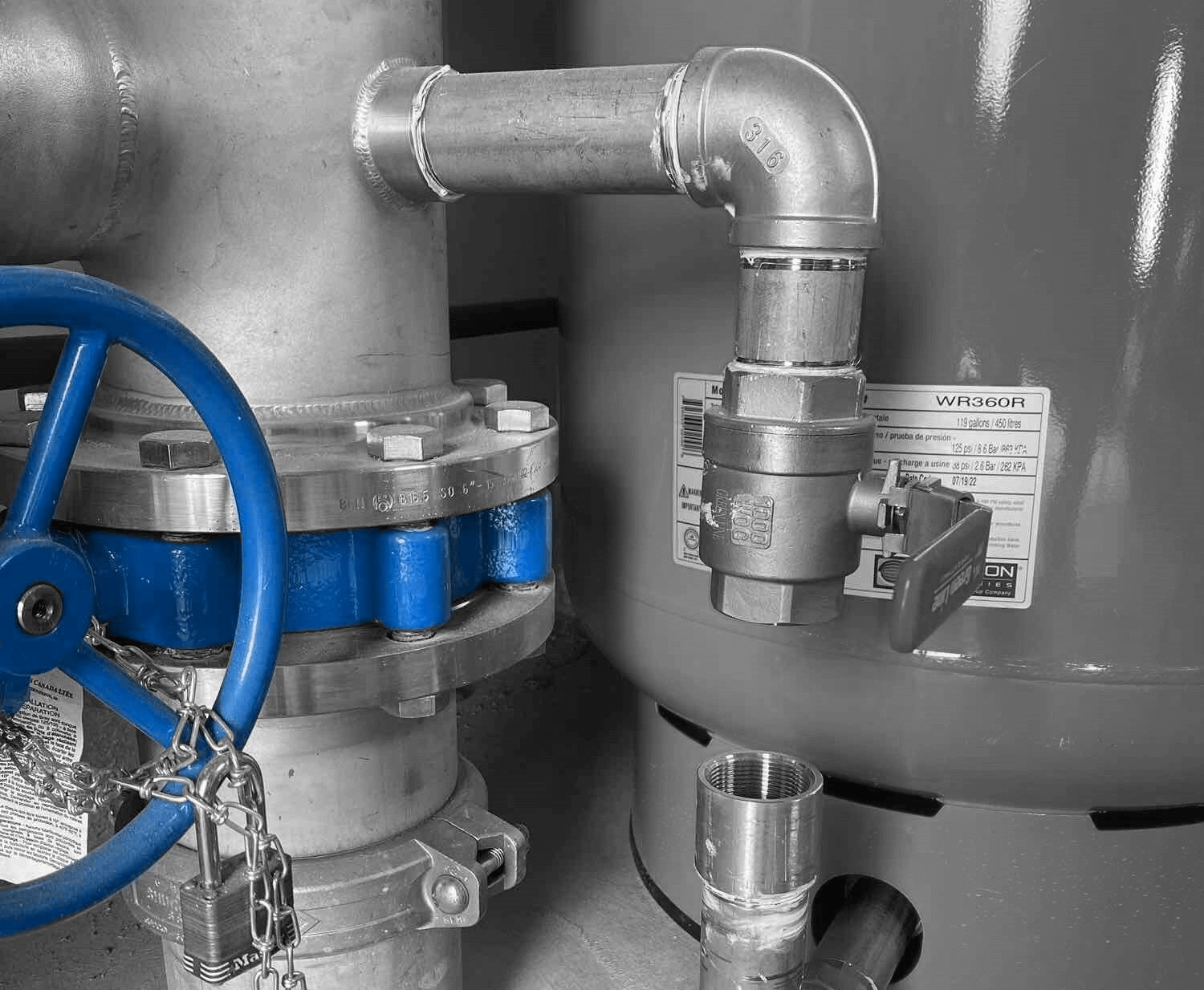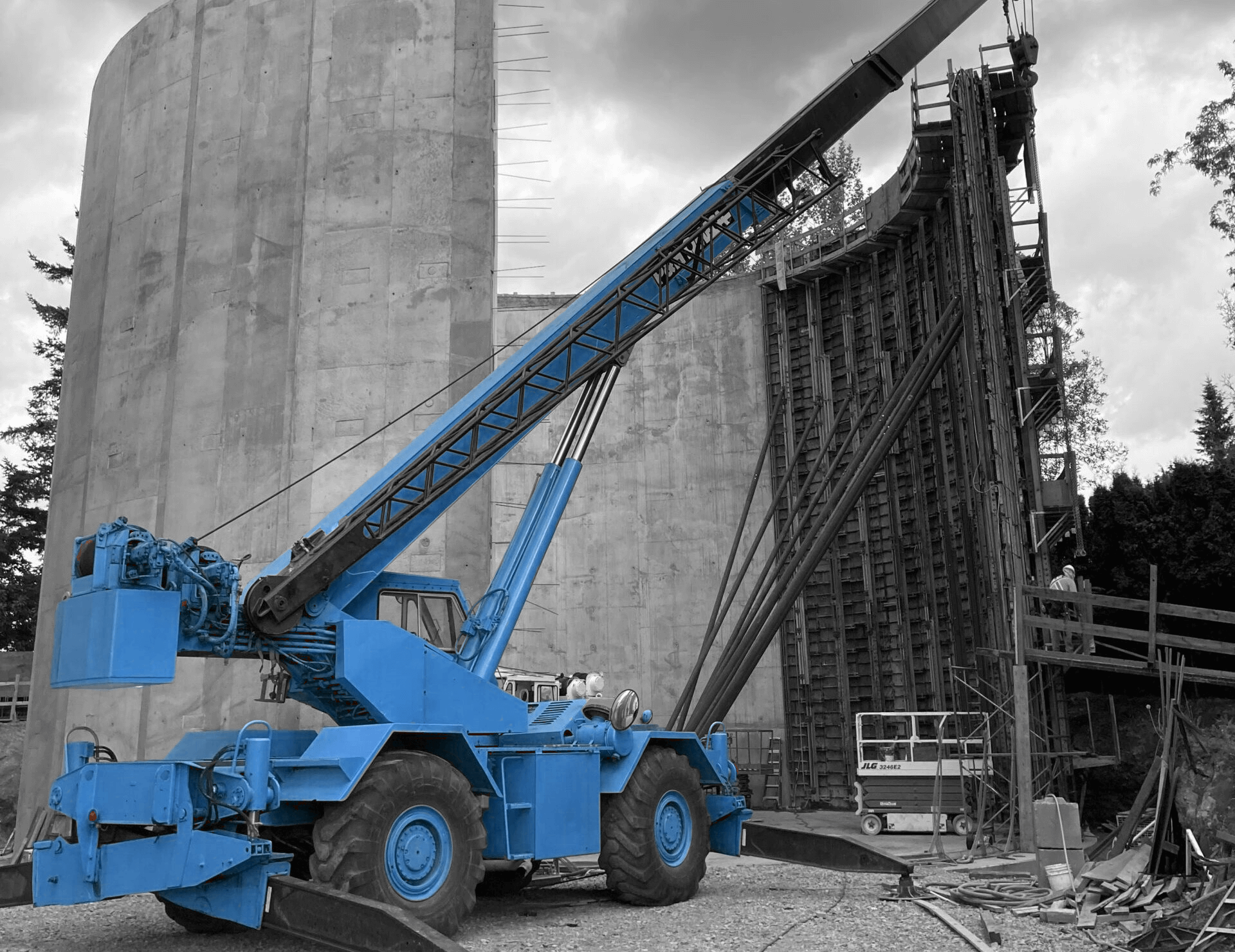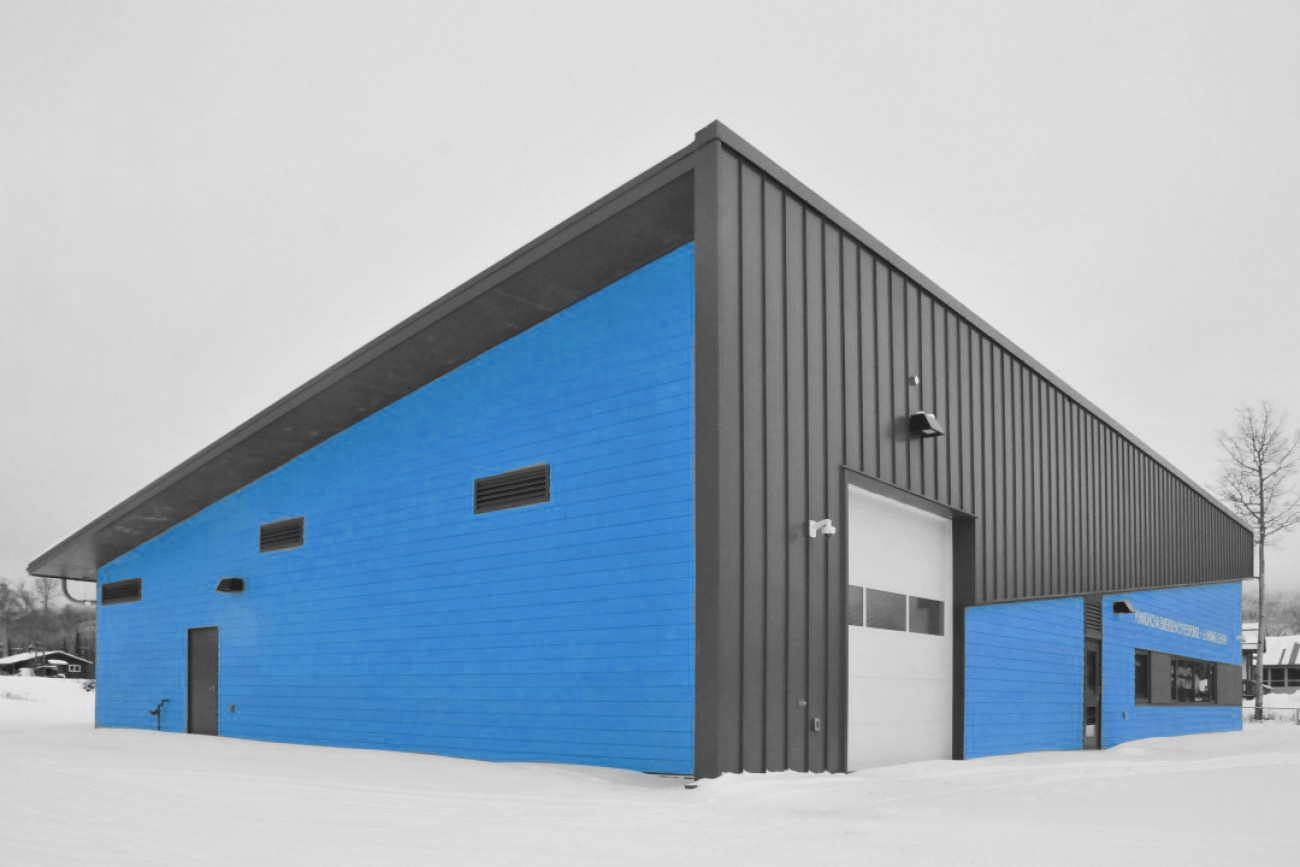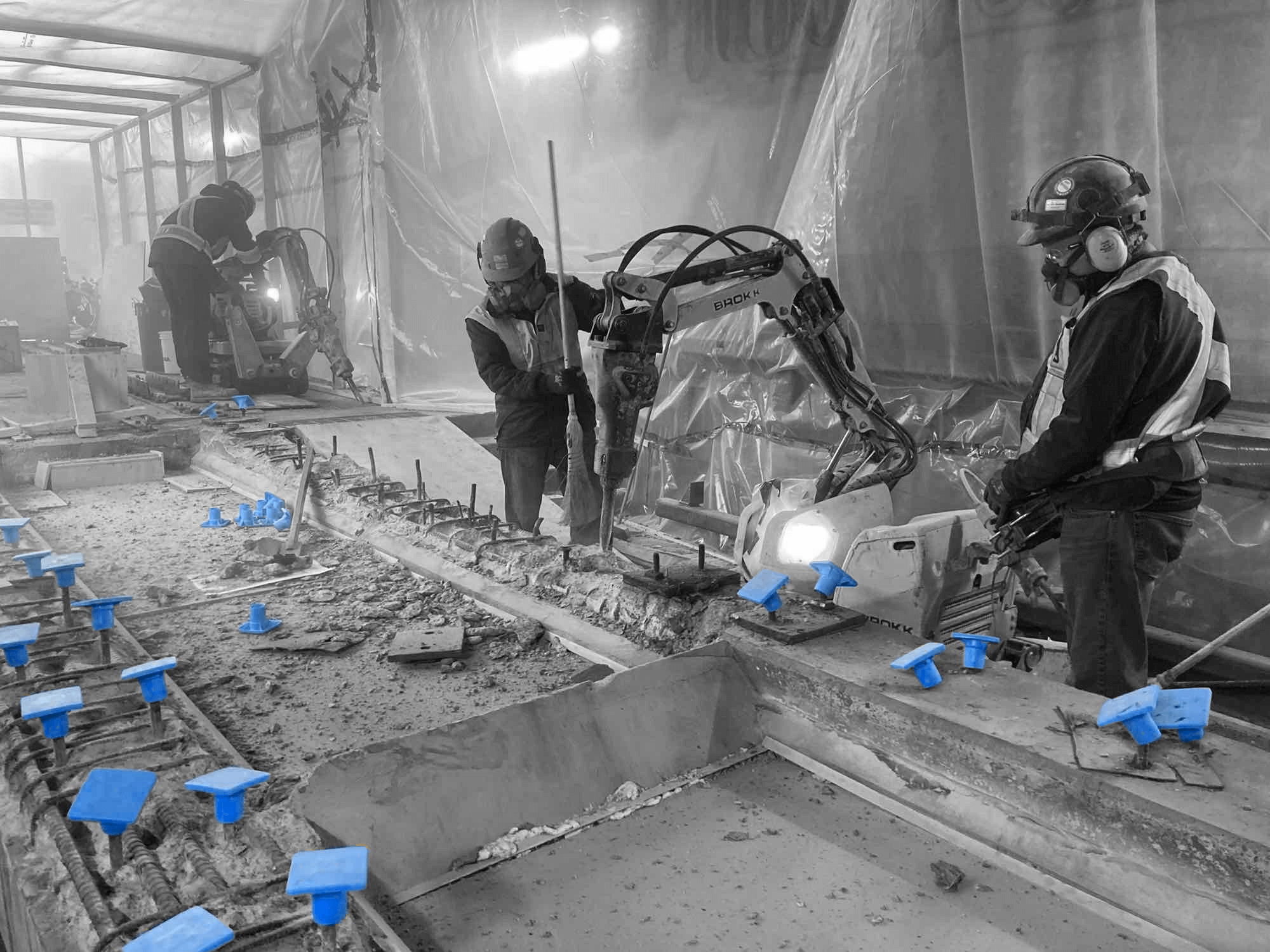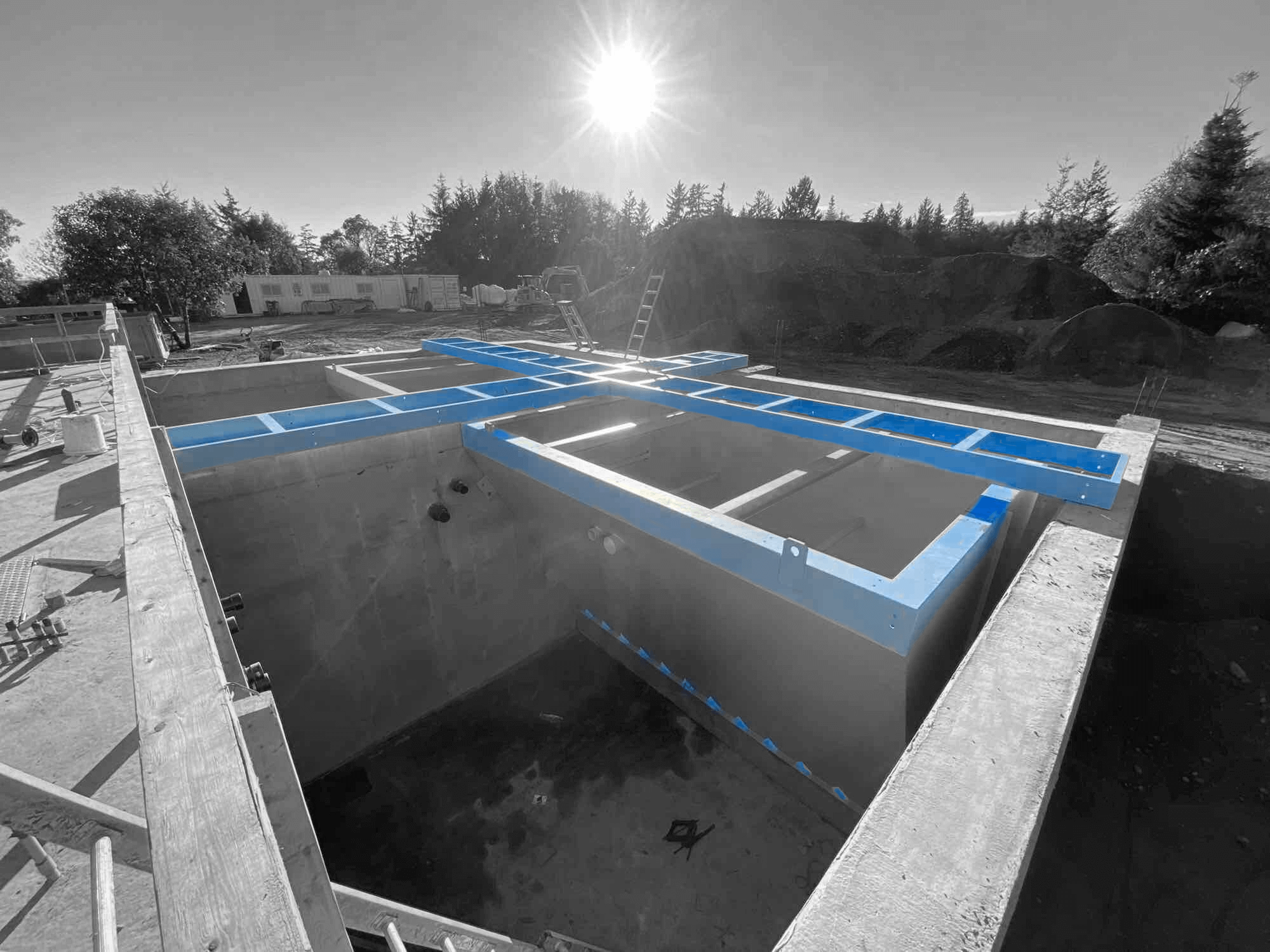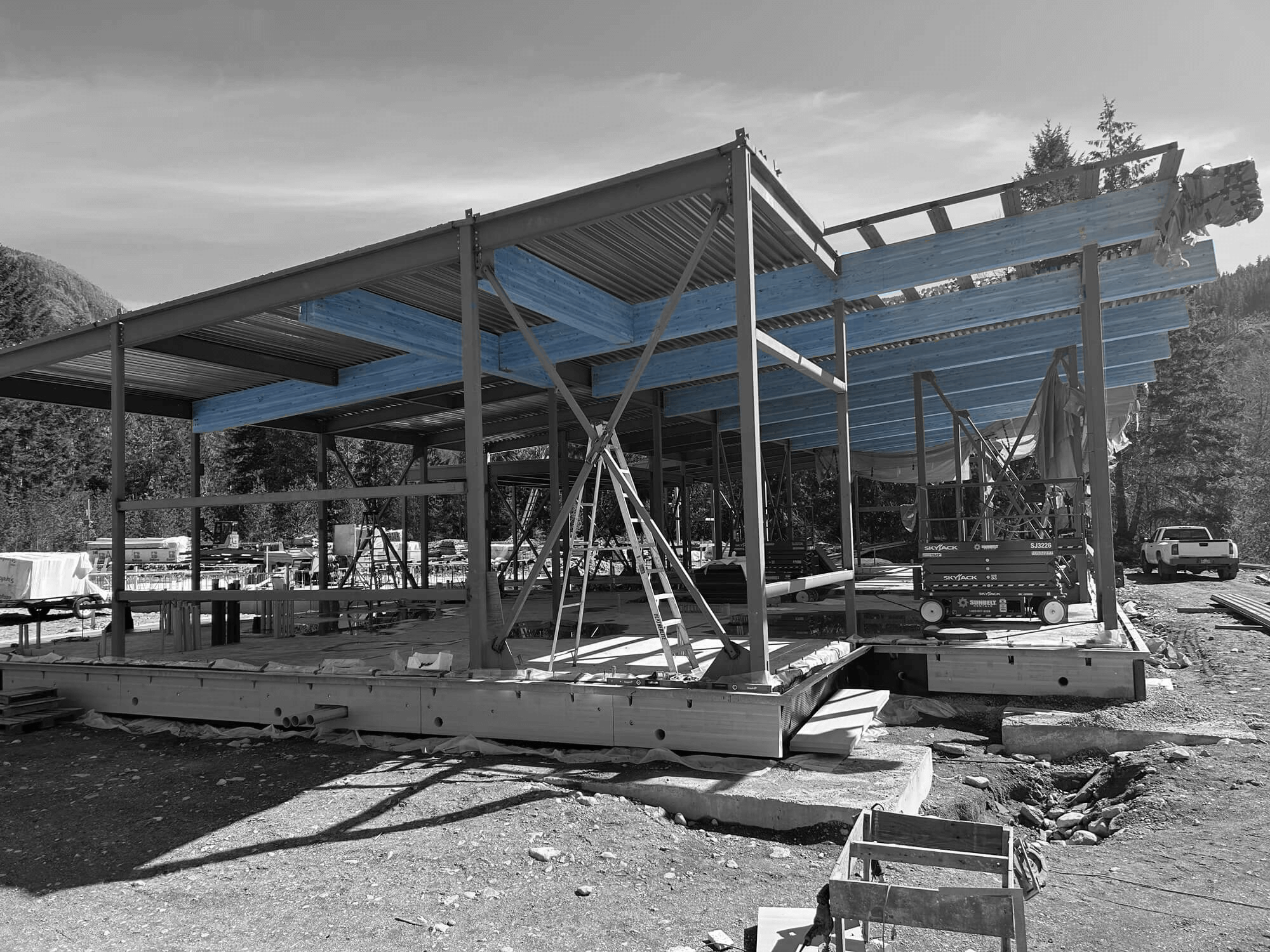Water treatment is a fascinating field that ensures we have clean water to drink, cook, and clean with. The behind-the-scenes technology is quite impressive, especially the mechanical systems that make it all happen. These systems play a crucial role in cleaning water and making it safe for everyone to use.
Process mechanical features in water treatment include advanced filtration systems, high-efficiency pumps, and smart monitoring technologies. These features improve the quality of water by removing contaminants, controlling the flow of water, and keeping everything running smoothly. For example, high-tech membranes can filter out even the tiniest particles, while smart valves help regulate water pressure and flow.
With technology advancing rapidly, water treatment systems are becoming more efficient and reliable. Innovations like UV disinfection and real-time monitoring ensure that we get the best quality water possible.
These state-of-the-art systems help us tackle water treatment challenges and improve overall water safety. Today, we’ll dive into some of these cool process mechanical features and see how they enhance the water treatment process.
Discover the Latest Mechanical Features in Water Treatment Processes
1. Advanced Membrane Technology
Advanced membrane technology is one of the coolest features in modern water treatment. These membranes act like super-fine filters, catching even the tiniest particles that other filters might miss. They are made from special materials that allow water to pass through while blocking contaminants such as bacteria, viruses, and pollutants.
There are different types of membrane technology, including microfiltration, ultrafiltration, and reverse osmosis. Each type serves a unique purpose, with varying levels of filtration. For example, reverse osmosis membranes are excellent for removing dissolved salts and other impurities from water. These advanced membranes are essential for providing clean and safe drinking water.
In addition to their filtering capabilities, advanced membranes are highly efficient and require less energy compared to traditional methods. They are also more sustainable because they generate less waste. This makes them an excellent choice for environmentally-friendly water treatment facilities.
2. Ultrafiltration Processes
Ultrafiltration processes are another exciting part of water treatment. These processes use membranes with tiny pores to filter out contaminants from water. Ultrafiltration is particularly effective for removing particles, bacteria, and some types of viruses, making the water much cleaner.
One of the cool things about ultrafiltration is that it works at a relatively low pressure, which means it’s energy-efficient. The water passes through the membrane, leaving behind larger molecules, while clean water continues on to the next stage of treatment. This method can be used for both drinking water and wastewater treatment, providing versatility in different applications.
Ultrafiltration systems are also compact and can easily be scaled up or down depending on the needs of the community or facility. They are easy to maintain and have long lifespans, which makes them a reliable choice for water treatment.
The combination of efficiency, effectiveness, and ease of use makes ultrafiltration a standout feature in modern water treatment systems.
3. The Role of Pumping Stations
Pumping stations play a vital role in water treatment by moving water from one place to another. High-efficiency pumps are designed to do this job while using less energy. These pumps help to reduce the operational costs of water treatment facilities and are also kinder to the environment.
High-efficiency pumps are equipped with advanced technology to optimize their performance. They can adjust their speed and power based on the water demand, ensuring that no energy is wasted. This makes them an essential part of modern water treatment systems.
They also have a longer lifespan, which means they need to be replaced less often. All these features make high-efficiency pumps a smart investment for water treatment facilities.
4. Smart Valves and Control Systems
Smart valves and control systems are like the brain of the water treatment operation. They help control the flow of water through the treatment process, ensuring everything runs smoothly. These smart systems can be programmed to open and close valves at precise times, manage pressure, and even detect leaks.
One great thing about smart valves is that they can be monitored and controlled remotely. This allows water treatment operators to make real-time adjustments without being on-site. It also means that any issues can be quickly identified and fixed, minimizing downtime and keeping the water treatment process efficient.
Smart control systems can also gather data about the water treatment process. This data can be used to make improvements and ensure the water quality remains high. With these systems in place, water treatment becomes more reliable and easier to manage. Overall, smart valves and control systems are essentials in any modern water treatment facility.
5. Chlorination and Ozonation Methods
Chlorination is a classic method used in water treatment. It involves adding chlorine to water to kill bacteria, viruses, and other harmful microorganisms. This method is effective and widely used because chlorine is easy to handle and inexpensive. Chlorine also continues to disinfect water as it moves through the pipes, offering long-lasting protection.
Ozonation, on the other hand, uses ozone gas to disinfect water. Ozone is a strong oxidizing agent that can kill bacteria and break down pollutants. This method is gaining popularity because it leaves no harmful by-products. Ozonation is also faster than chlorination, meaning the water can be treated more quickly. However, it requires special equipment to generate ozone, making it a bit more complex.
Both chlorination and ozonation are effective methods for making water safe to drink. They each have their advantages, and sometimes, they’re used together to provide a comprehensive treatment solution.
6. UV Disinfection Technology
UV disinfection technology is an advanced method that uses ultraviolet light to kill or inactivate harmful microorganisms. The UV light damages the DNA of bacteria and viruses, preventing them from reproducing. This method is chemical-free, making it an excellent choice for eco-friendly water treatment.
One of the significant benefits of UV disinfection is its efficiency. It can treat water quickly and effectively without altering its taste or smell. UV systems are also low maintenance, requiring only periodic replacement of the UV lamps. This makes them a reliable choice for many water treatment facilities.
UV disinfection is often used as a secondary treatment, adding an extra layer of safety. This technology helps to ensure that even the smallest and most resistant organisms are neutralized, providing high-quality drinking water.
7. SCADA Systems
SCADA (Supervisory Control and Data Acquisition) systems are a game-changer in water treatment facilities. These systems allow operators to monitor and control the entire water treatment process from a central location. With SCADA, we can see real-time data on water quality, flow rates, and system performance.
One of the biggest advantages of SCADA systems is their ability to detect problems early. If there’s a leak, a malfunction, or any other issue, the system alerts operators immediately. This helps to prevent potential disruptions and ensures the water treatment process runs smoothly.
SCADA systems can also automate routine tasks, making the process more efficient and reducing the need for manual intervention.
8. Real-Time Water Quality Monitoring
Real-time water quality monitoring is another fantastic feature in modern water treatment. This technology uses sensors placed at various points in the treatment process to continuously check the water quality. Parameters like pH, turbidity, and chemical levels are measured and displayed in real-time, providing immediate insights into the water quality.
With real-time monitoring, we can make swift adjustments if any issues are detected. This ensures that the treated water consistently meets safety and quality standards. The data collected can also be used for long-term analysis and improvements in the treatment process. Real-time monitoring makes water treatment more transparent, reliable, and efficient.
From Filtration to Purification: Cool Mechanical Features in Water Treatment
Water treatment is crucial in keeping our communities healthy and safe. The process involves a mix of advanced technologies and traditional methods to ensure water quality. These cool process mechanical features enhance water treatment systems’ efficiency, reliability, and safety. They enable us to meet the growing demand for clean water and adapt to new challenges.
At Industra Construction Corp., we are committed to integrating these advanced technologies into our projects to deliver the best water treatment solutions. Ready to take your water treatment project to the next level? Contact our construction company in Ontario today to learn more about our cutting-edge solutions and how we can help you achieve your goals.








